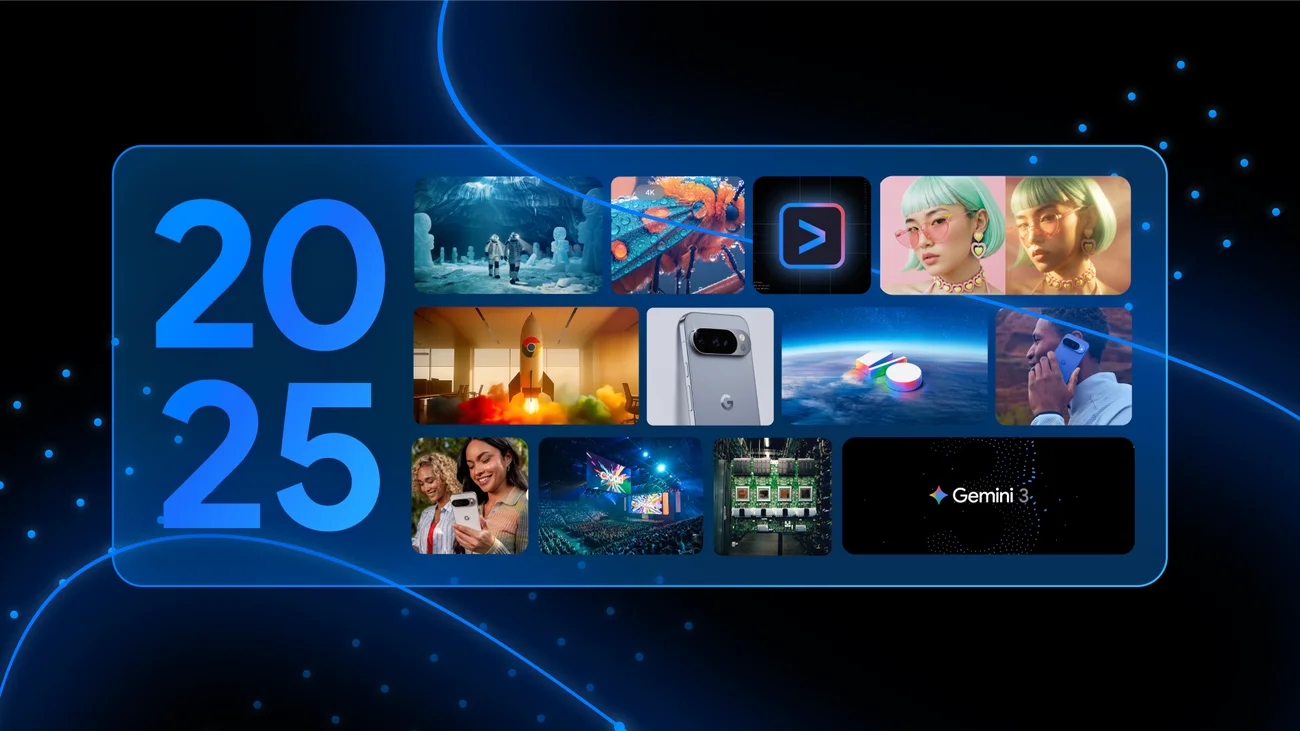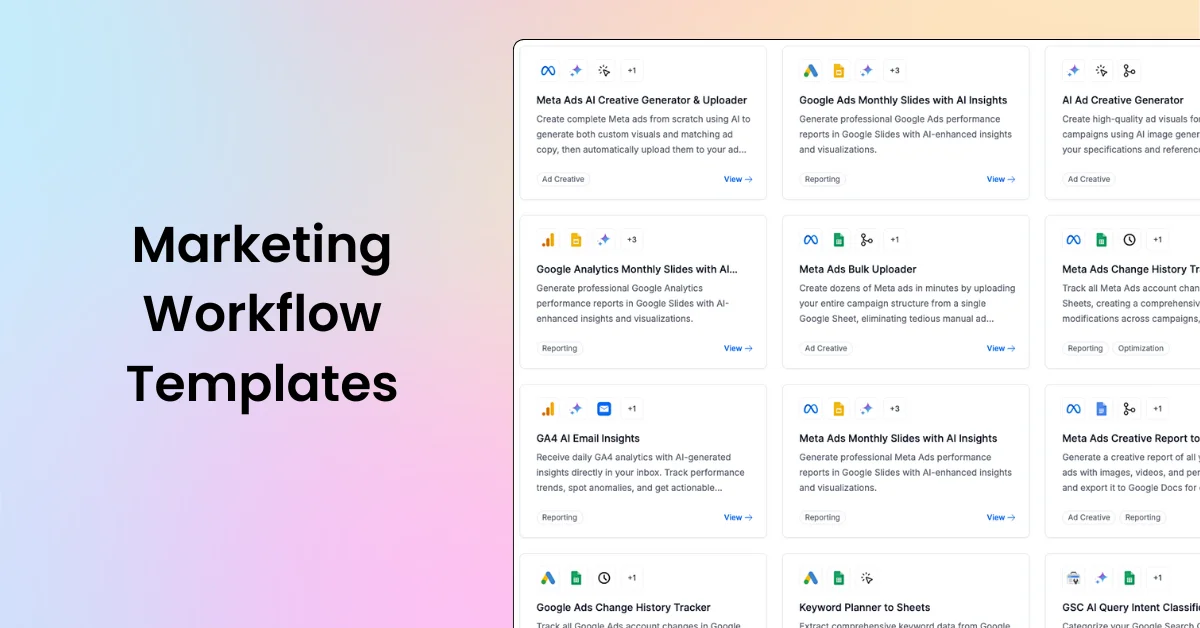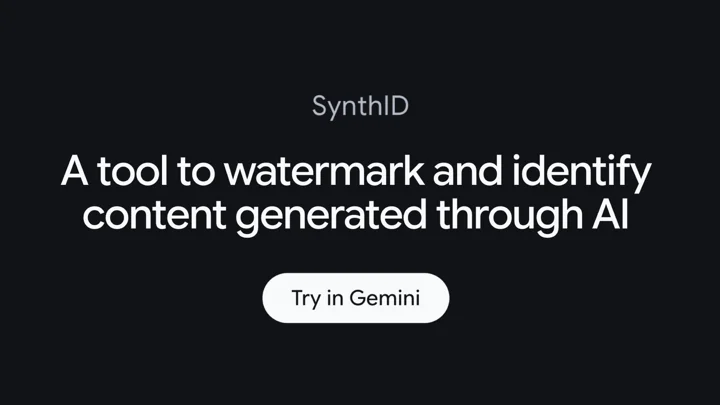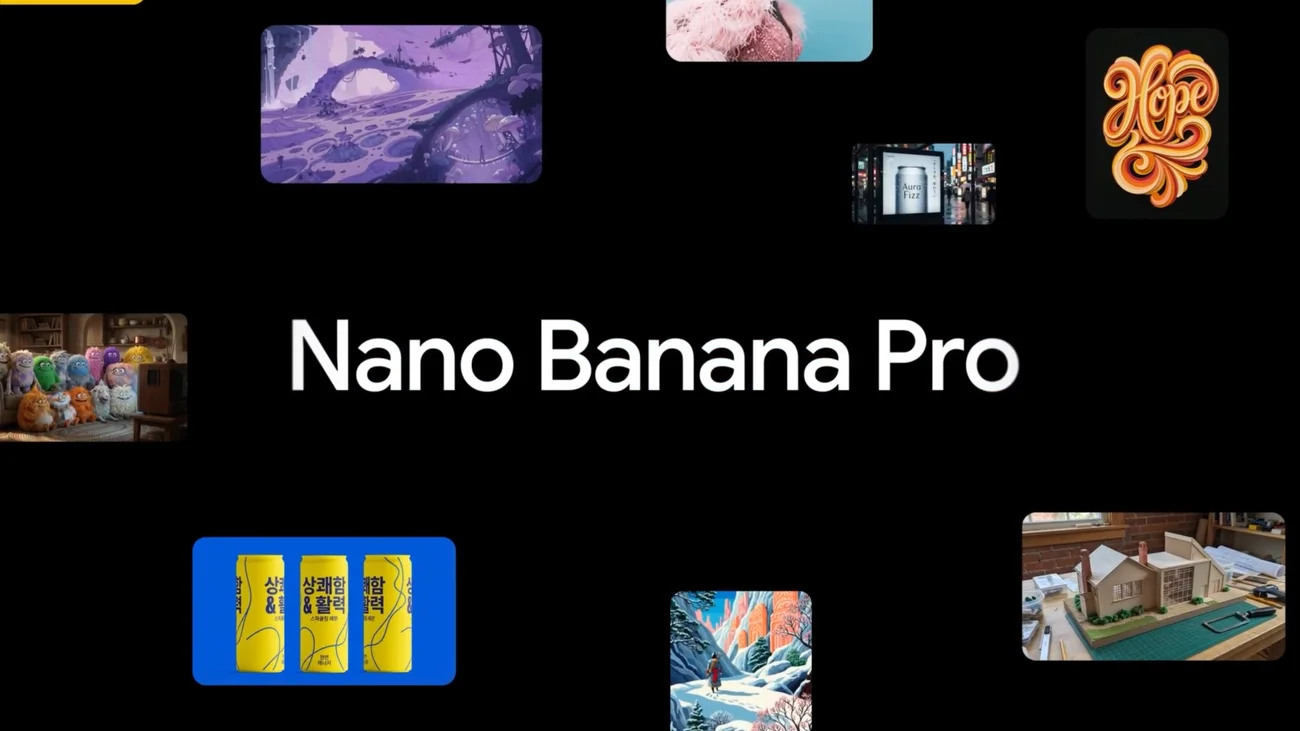Meta has introduced Chameleon, a new family of multimodal models designed to natively integrate various modalities such as images, text, and code. Unlike traditional "late fusion" models that combine separately trained components, Chameleon uses an "early-fusion token-based mixed-modal" architecture. This approach allows Chameleon to transform images into discrete tokens and use a unified vocabulary for text, code, and image tokens, enabling seamless reasoning and generation of interleaved image and text sequences.
Key Points:
- Architecture: Chameleon employs an early-fusion architecture, which integrates different modalities from the ground up. This contrasts with the late fusion approach that limits cross-modal integration.
- Performance: Chameleon achieves state-of-the-art performance in tasks like image captioning and visual question answering (VQA), and remains competitive in text-only tasks.
- Training: The model was trained on a dataset containing 4.4 trillion tokens, using Nvidia A100 80GB GPUs for over 5 million hours. There are 7-billion and 34-billion-parameter versions.
- Comparison: Chameleon is similar to Google Gemini but differs in that it processes and generates tokens end-to-end, without needing separate image decoders.
- Capabilities: Chameleon excels in mixed-modal reasoning and generation, outperforming models like Flamingo, IDEFICS, and Llava-1.5 in multimodal tasks. It also remains competitive in text-only benchmarks.
- Challenges: Early fusion presents significant training and scaling challenges, which the researchers addressed through architectural modifications and training techniques.
- Future Directions: Early fusion could inspire new research directions, especially in integrating more modalities and improving robotics foundation models.
Chameleon represents a significant advancement in the field of multimodal AI, potentially setting the stage for more unified and flexible AI systems capable of handling diverse and complex tasks.













